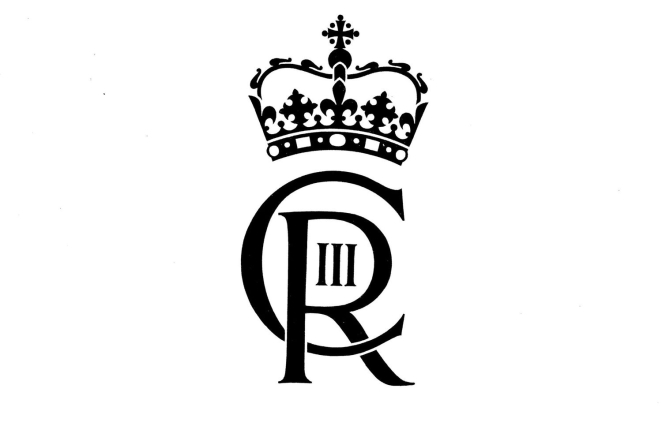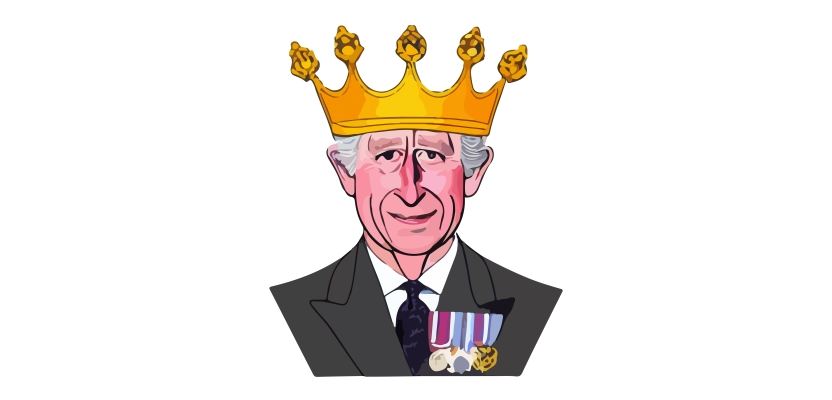When we speak about the royal family, we don't necessarily think of it as a commercial brand that generates significant annual earnings, but the figures prove otherwise. For example, between 2019 and 2020, ticket revenues from heritage sites reached almost £50m, demonstrating the royals' ability to generate millions of pounds in tourism annually in the UK.
In addition, in 2021, the Prince of Wales’ brand Duchy Originals generated a turnover of £4.8m due to its positioning as a respected organic food business in the UK. However, the continuity of the royal brand could change with the accession of Charles III as each royal inherits new titles and roles.
The changes within the royal family mean a complex rebranding process as it has to ensure that each royal, brand, website, product, service, and channel run as an intricate network that demands a strong presence when interacting with the audiences.
And one of the most significant challenges for royals will be understanding 21st Century consumer expectations, especially the newer generations who, unlike previous ones, are no longer satisfied with TV and print. This challenge could open doors to implementing new products, types of packaging, sales methods, and channels.
A new brand for a new audience

The new royal brand is not only about changing titles or featuring the ‘King Charles III’ cipher on coins, stamps, passports, banknotes, etc. Strategic and logistical aspects must also be considered to ensure this new corporate image remains over time - and unlike most brands, a royal brand has little to no room for improvement or adjustments once delivered. One of the main strategies should focus on providing personalised experiences to engage with each audience segment.
A recent study showed that it’s fundamental to understand the differences between new and old generations when shopping. Indeed, desires, expectations, and purchase mechanisms tend to differ depending on age.
For instance, younger groups want sustainability information across all touchpoints and in different formats, whereas older respondents prefer it in product descriptions that are easy to find. With this in mind, brands need to understand that consumers may regret and even return purchases if they present poor information.
The study also highlights the importance of adapting customer experiences in different channels. For example, Gen Zers (ages 16-24) seek to experience life-like product features virtually and are twice as likely to make a purchase in the metaverse compared with those aged 55+. So, should the royals develop a virtual environment for users to enjoy immersive experiences - a virtual tour of the palace, perhaps? If they want to reach the younger generations, evidence suggests they should.
Everywhere but not anywhere

Nowadays, consumers aren't loyal to any single shopping dimension, whether in a virtual, online, or physical store. Brands should work to understand how consumers behave across each dimension to deliver the right experience - what desires and needs drive them to purchase in-store versus the metaverse, for example.
Although the royal brand differs from other brands because of its history and timelessness, it must also align its strategy, approach, and design to modern times - just as any other brand does. One way to achieve this is by creating personalised experiences tailored to specific platforms and audiences, such as experimenting with augmented and virtual reality experiences to engage younger generations.
The royal family has successfully positioned itself as a prestigious brand for decades. However, adapting the royal brand to a new audience using emerging platforms, such as the metaverse, makes rebranding even more complex. A 21st Century royal brand should test new experiences and products in uncharted territory to interact with different audiences, especially the younger ones.
It’s no longer enough to stand out in TV, radio, and print media considering the ambiguity of current. Today’s consumers are keen on hybrid experiences, which is considered one of the top trends for retail in 2023. However, those in charge of rolling out the rebrand will need to agree on the right strategies to achieve a royal stamp of approval and, more importantly, public approval. This will undoubtedly be an exciting adventure for the royal family, and who knows if we will see their avatars in the metaverse soon.






